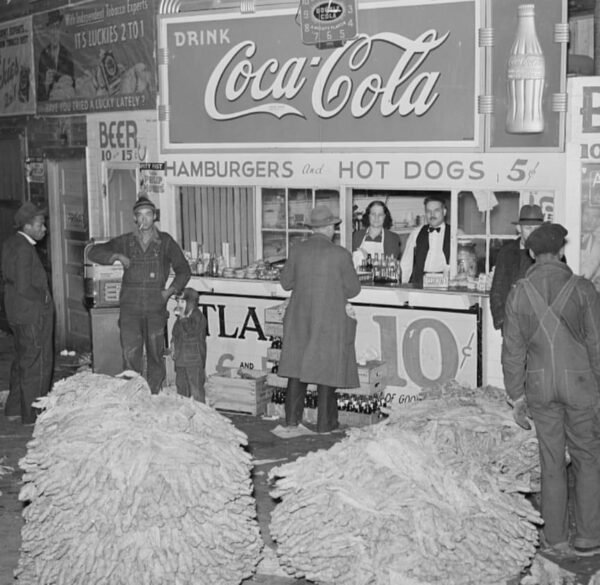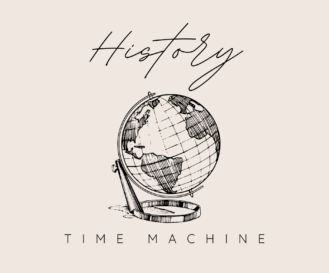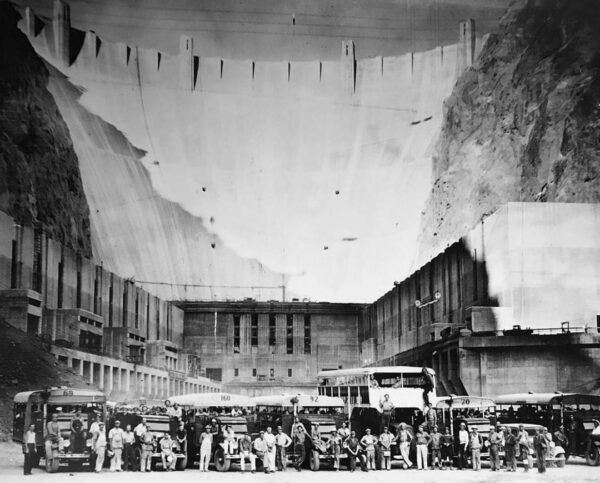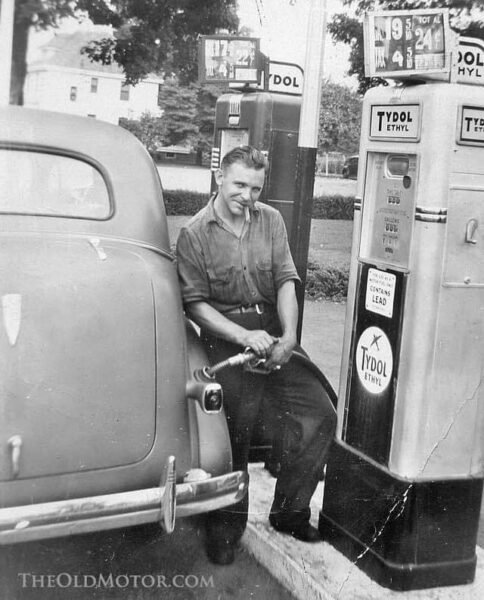In 1939, photographer Marion Post Walcott captured a moment in Durham, North Carolina, that beautifully encapsulates the era’s essence and the region’s cultural fabric. The photograph, titled “Lunch stand and tobacco inside entrance to warehouse at end of auction sale,” offers a window into the past, showcasing the everyday life and economic activities of the time.

The Scene: A Snapshot of History
The image presents a bustling scene at a tobacco warehouse in Durham. The lunch stand, likely a hub of activity and conversation, is set against a backdrop of tobacco bales, highlighting the crop’s significance in the local economy. This photograph is more than just a depiction of a lunch stand; it’s a narrative of community, commerce, and the agricultural backbone of the region.
Tobacco: The Lifeline of Durham
In the early 20th century, tobacco was the lifeblood of Durham. This photograph by Walcott not only captures the physical presence of tobacco but also symbolizes its economic and social importance. The warehouse, a central point for tobacco auctioning, represents the industry’s role in shaping the city’s identity.
Marion Post Walcott: Documenting American Life
Marion Post Walcott, a photographer for the Farm Security Administration, was known for her powerful images documenting American life during the Great Depression. Her work provides invaluable insights into the struggles and resilience of communities during this challenging period.
A Moment Frozen in Time
Walcott’s photograph is a testament to the power of photography in preserving history. It freezes a moment in 1939, allowing contemporary viewers to step back in time and experience a slice of life from a bygone era.
Exploring the Collection
This photograph, along with others from the Farm Security Administration/Office of War Information Color Photographs collection, is available through the Library of Congress. These images are in the public domain, offering a rich resource for historians, educators, and anyone interested in exploring America’s past.
Marion Post Walcott’s “Lunch stand and tobacco inside entrance to warehouse at end of auction sale” is more than just a photograph; it’s a historical document that captures the essence of Durham in 1939 and provides a deeper understanding of America’s cultural and economic history.
While the “1939 Durham: Walcott’s Lunch Stand & Tobacco Photo” offers a fascinating glimpse into the past, History Time Machine provides a broader exploration of historical moments and figures. Here are some articles from their website that complement the themes of American history and the Great Depression era:
- Dining on the Rails: A Glimpse into the 1940s Train Dining Car Experience in the United States
This article takes you back to the golden era of rail travel in the 1940s, offering insights into the luxurious dining car experience on American trains during this period. - A Glimpse of Youth: Kids at Play in the Lower East Side, New York City (1963)
Explore the vibrant life of children in the Lower East Side of New York City in 1963, capturing the essence of urban childhood in a bygone era. - Pocahontas County, West Virginia, 1921: A Glimpse Into The Past
Delve into rural America in 1921 through a photograph taken by Lewis Hine, showcasing the charm and challenges of life in Pocahontas County, West Virginia.
These articles provide a rich tapestry of American history, capturing various aspects of life and significant events. They offer a deeper understanding of the past, complementing the themes explored in Marion Post Walcott’s photography and providing a broader context to the era.
Questions to Ponder
- How did the dining car experience on trains in the 1940s reflect the social and cultural norms of the time?
- What do photographs of urban childhood in the 1960s reveal about the changes in American society during that period?
- In what ways do historical photographs, like those of Lewis Hine, help us understand the everyday lives of people in different eras?
Exploring these questions can provide a more nuanced understanding of American history and its various facets. Visit History Time Machine for more intriguing articles and insights into the past
As an Amazon Associate we earn from qualifying purchases through some links in our articles.




